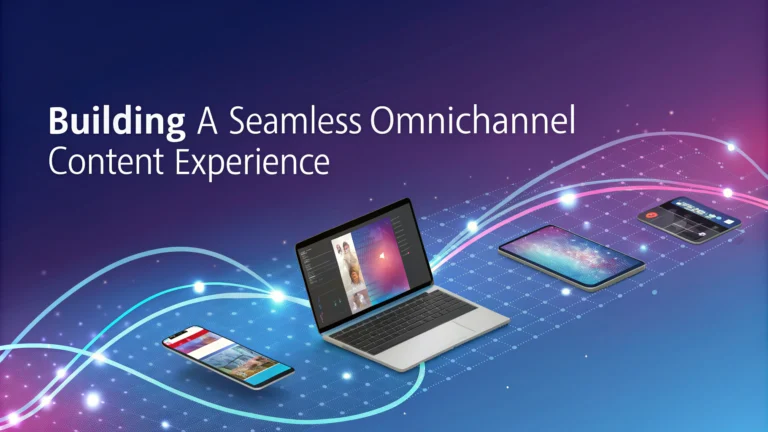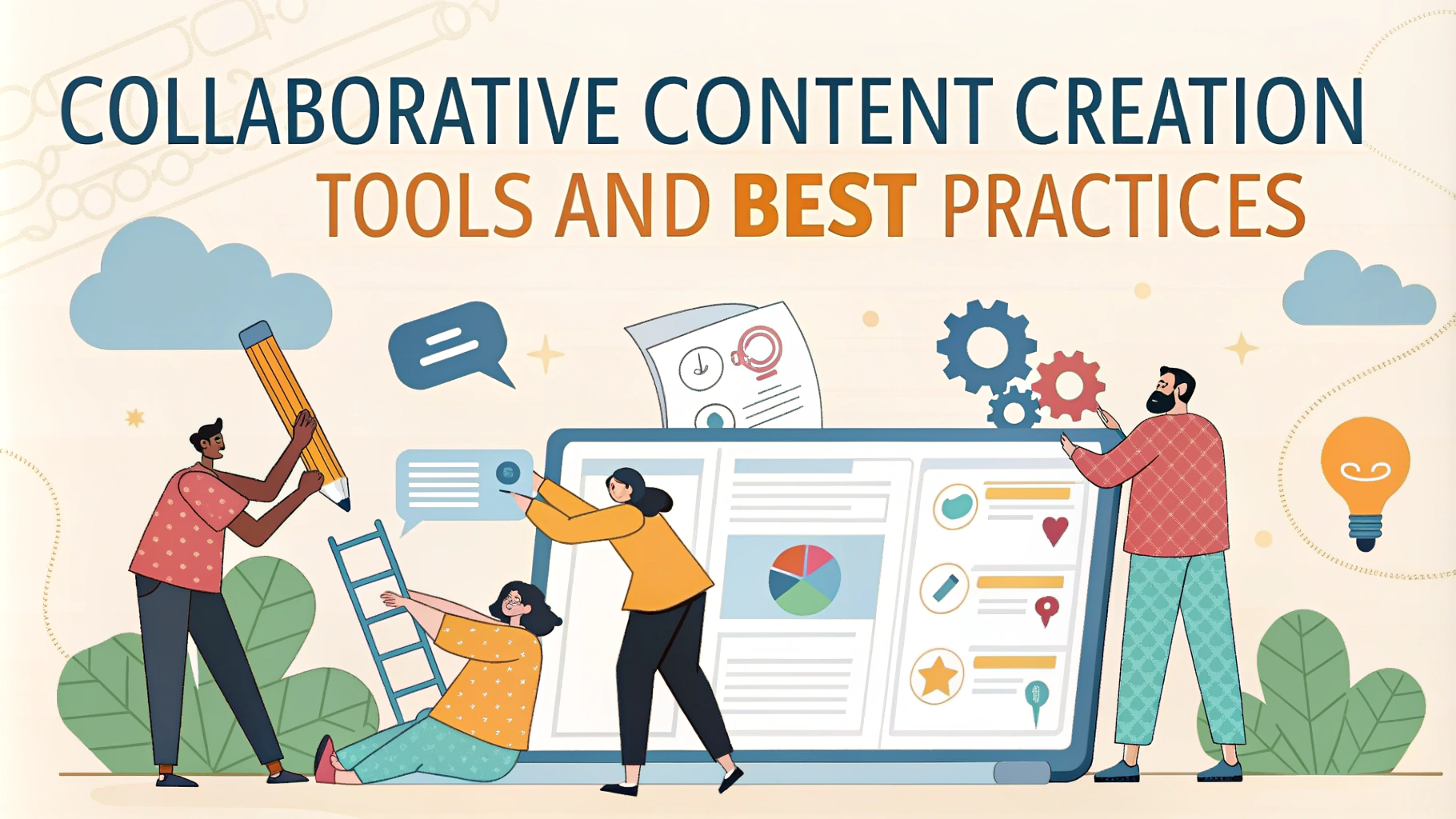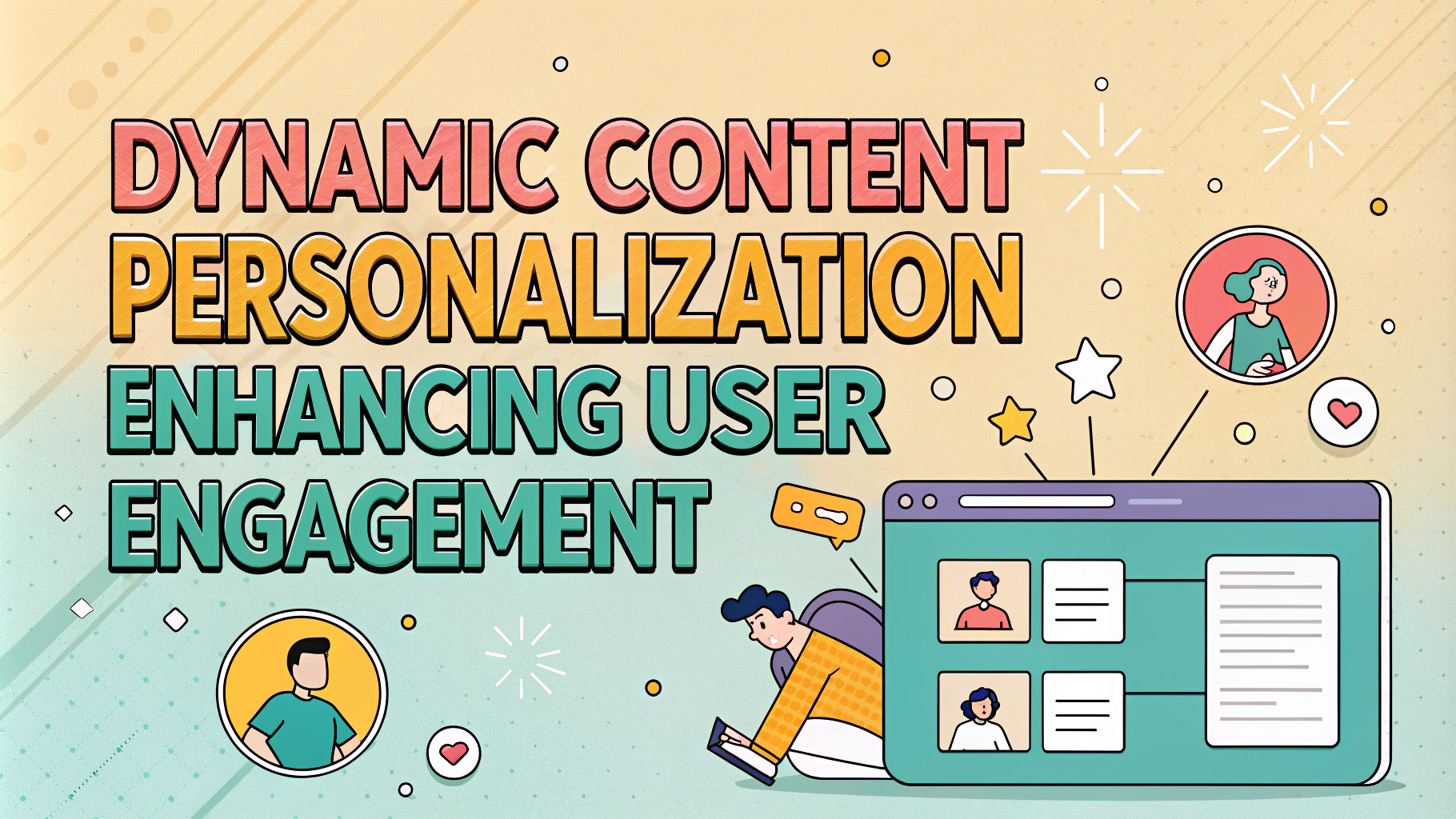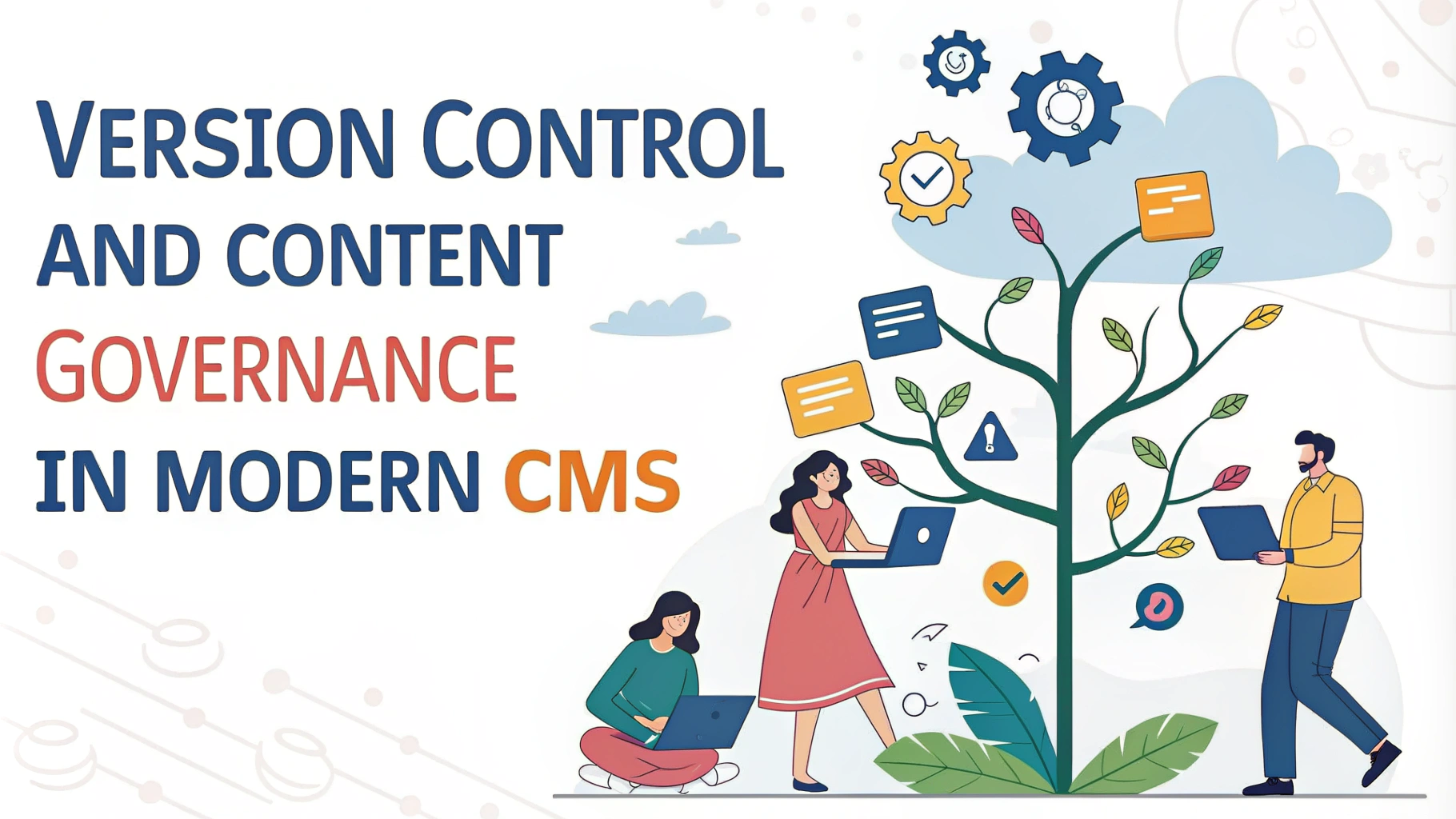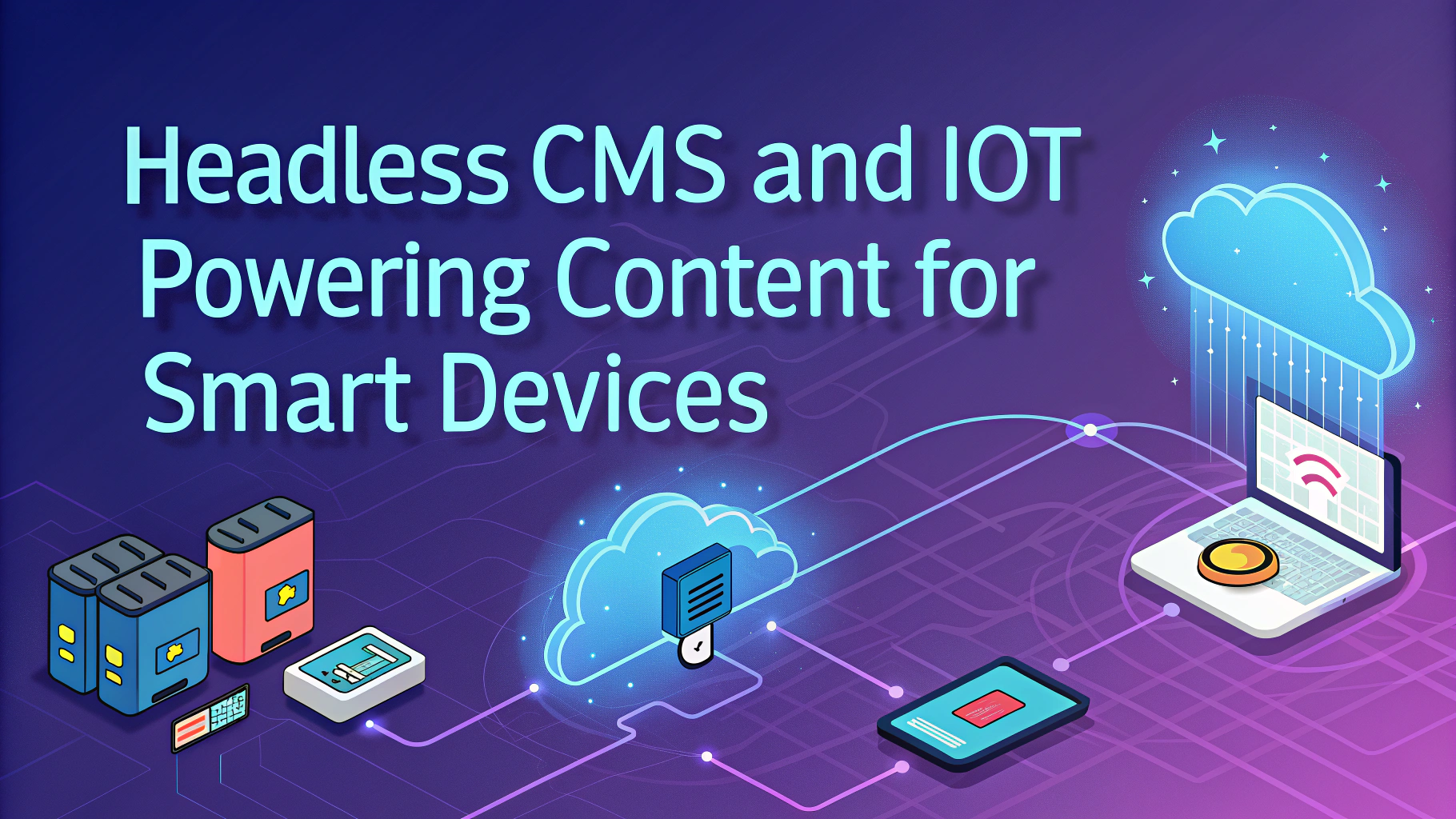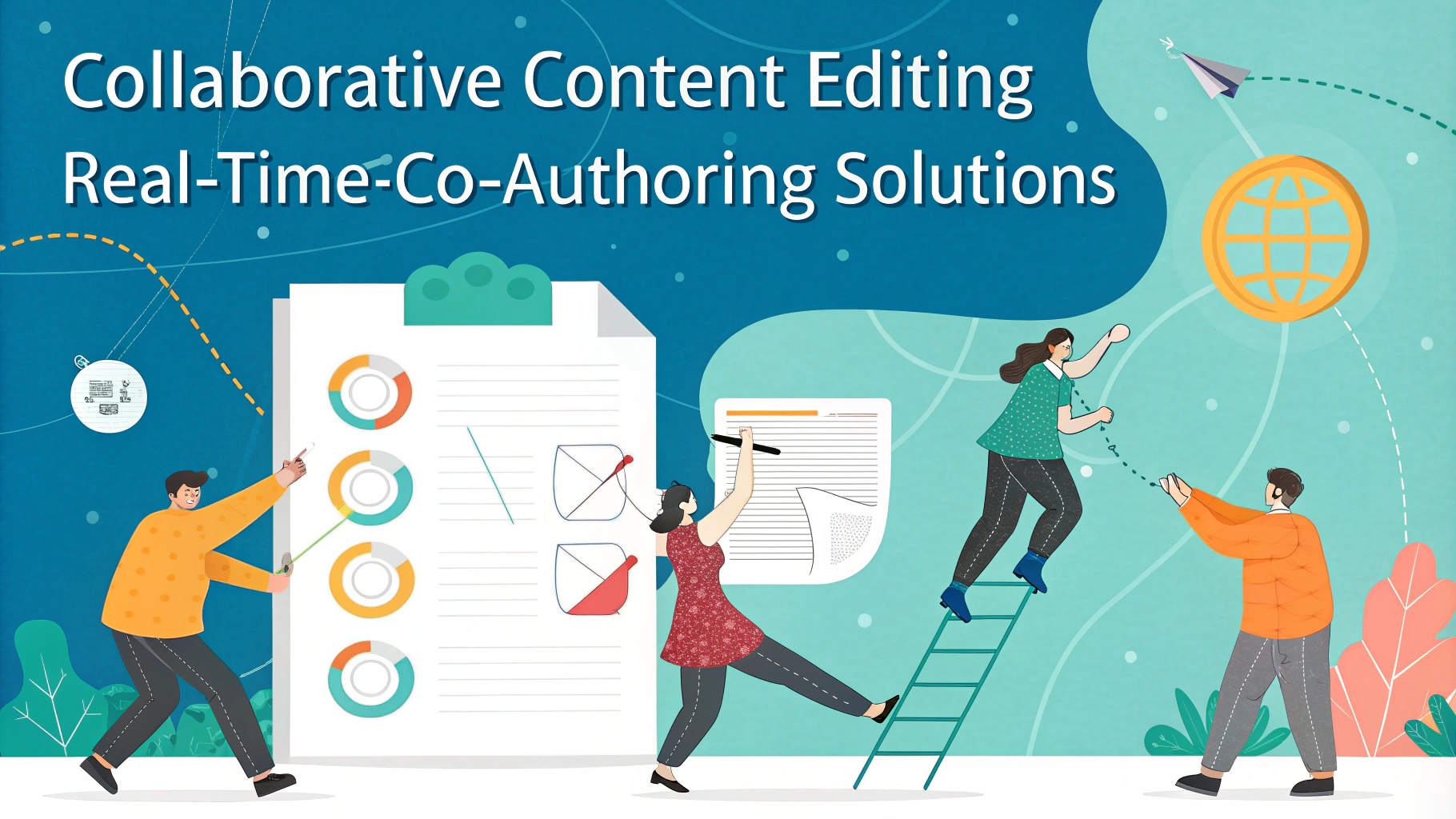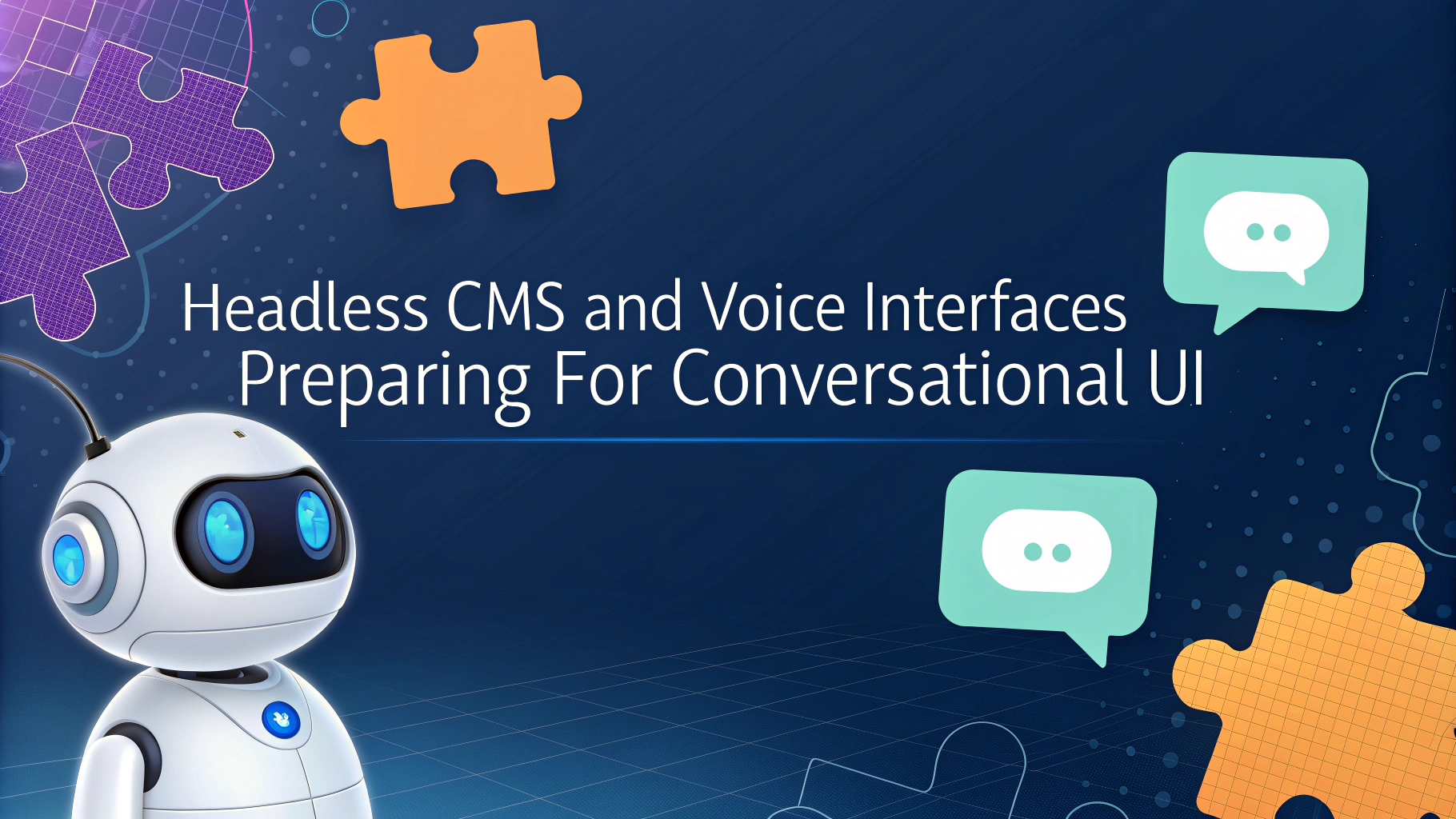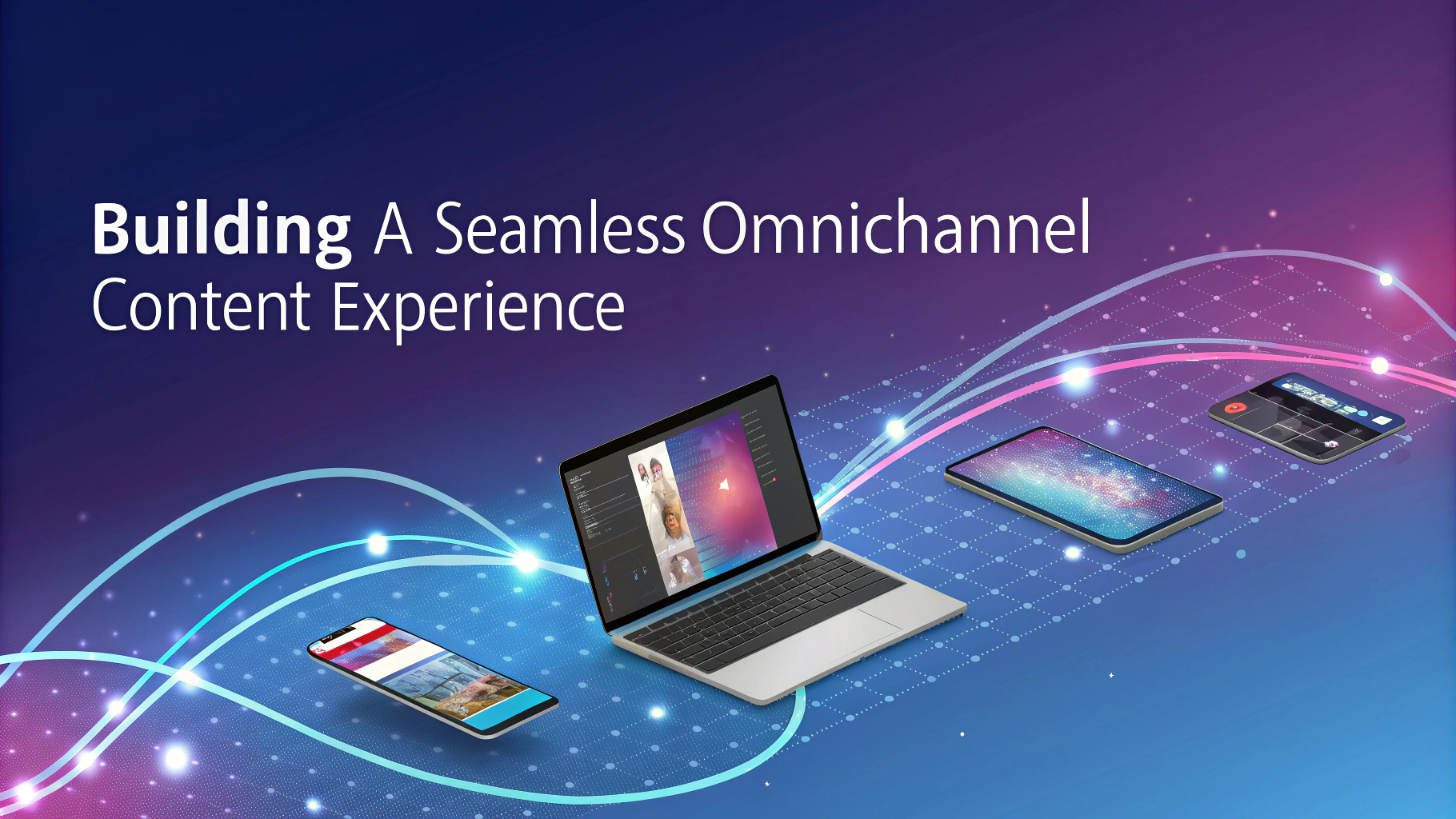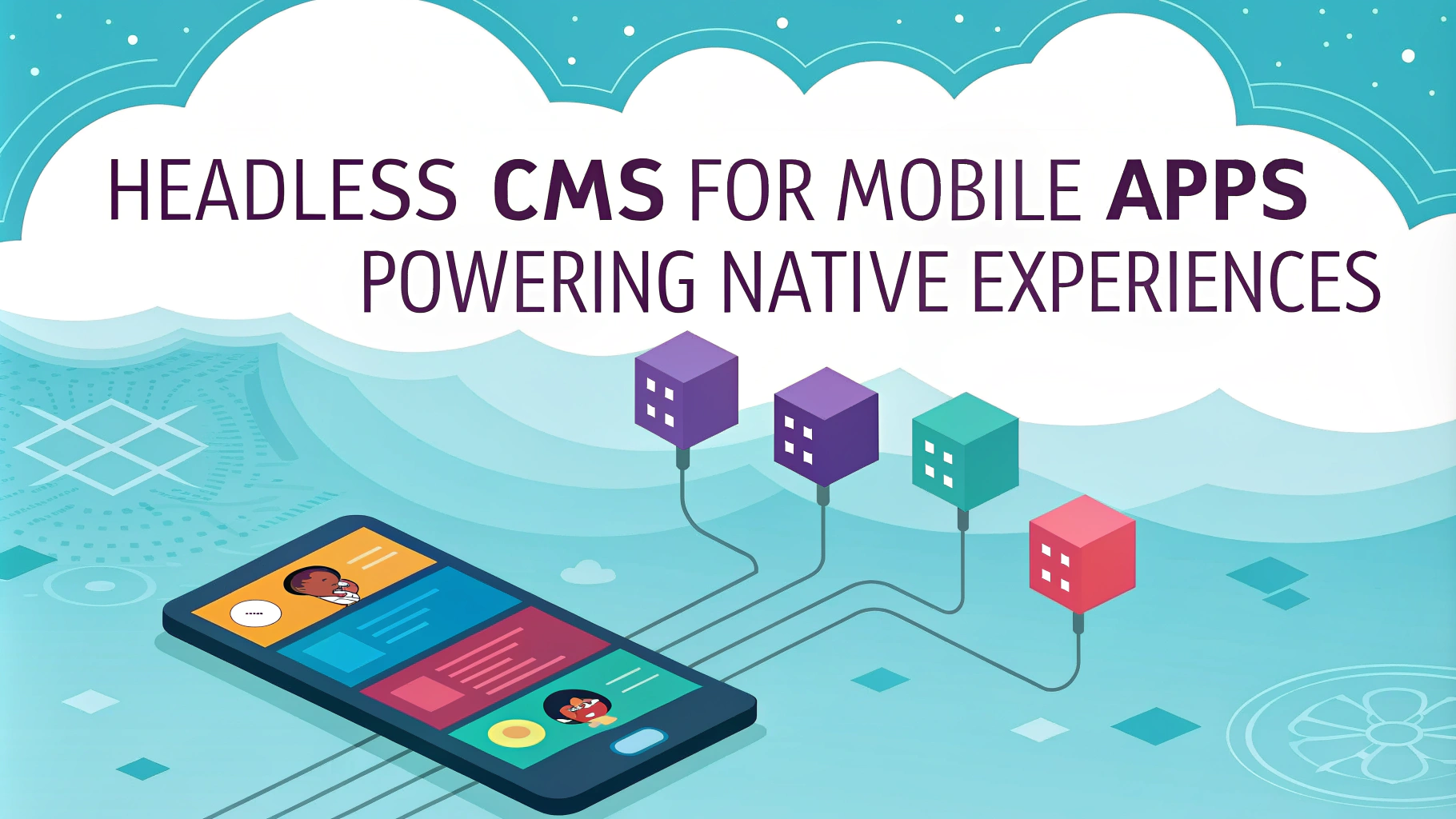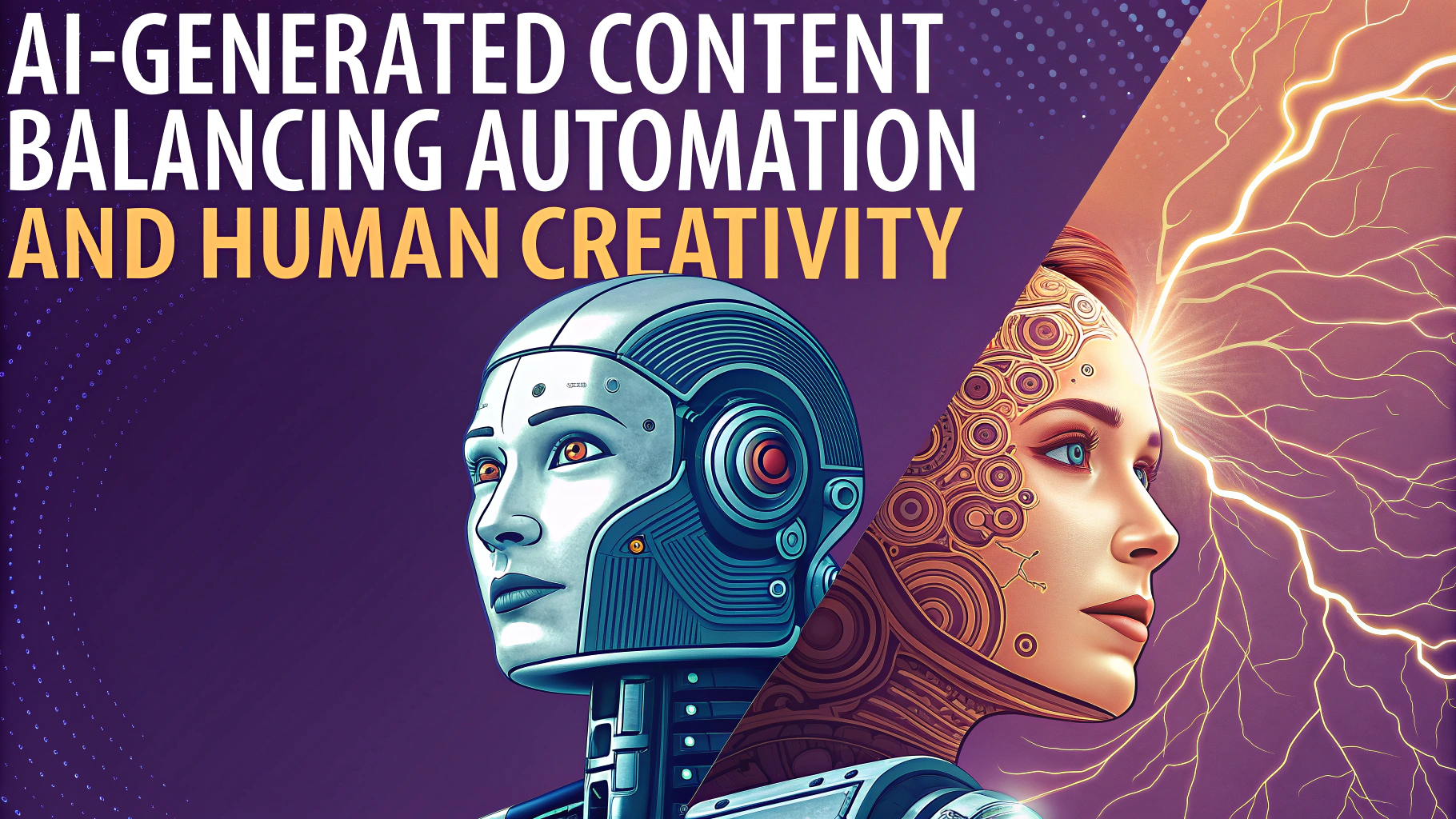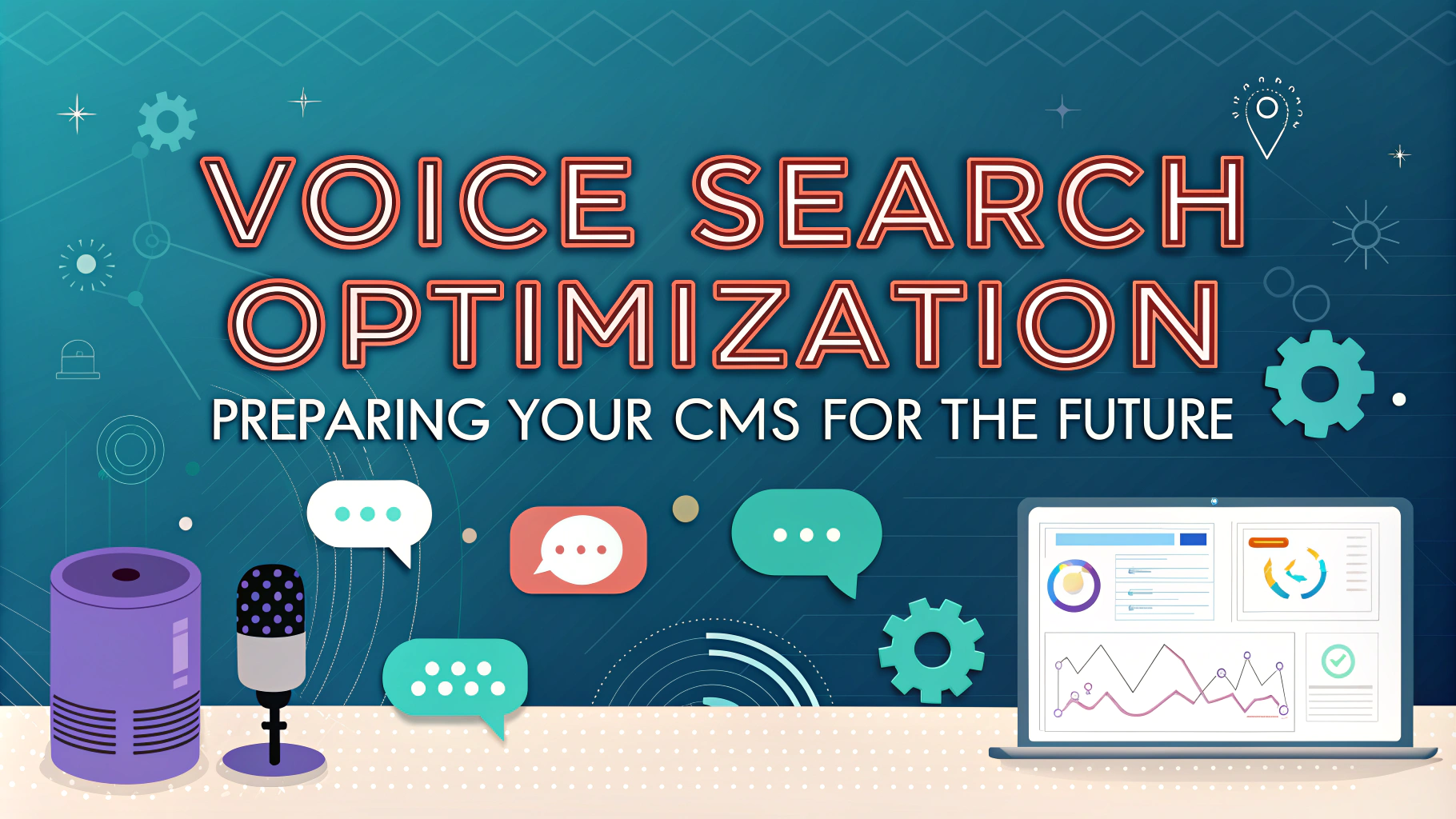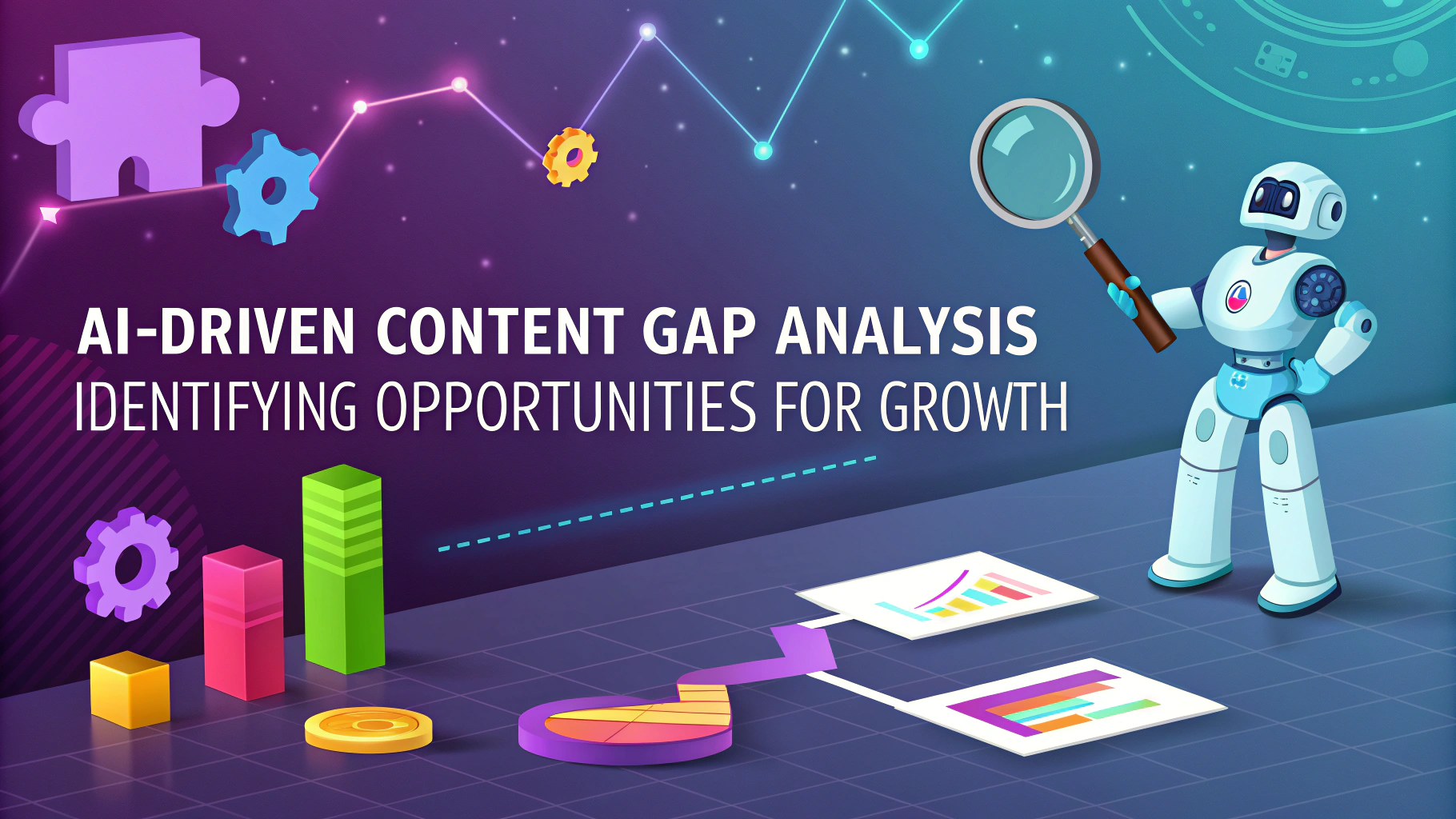Creating a seamless omnichannel content experience is essential for businesses aiming to engage customers across multiple platforms. This article explores strategies and best practices for delivering consistent, high-quality content across various devices and channels.
Understanding Omnichannel Content Strategy
An omnichannel content strategy focuses on providing a unified experience across all customer touchpoints. It differs from multichannel approaches by emphasizing integration and consistency.
Key components of an effective omnichannel strategy:
- Unified brand messaging
- Seamless transitions between channels
- Personalized content delivery
- Data-driven decision making
Mapping the Customer Journey
Understanding how customers interact with your brand across different channels is crucial for creating a seamless experience. Start by mapping out the customer journey to identify key touchpoints and potential pain points.
Steps to map the customer journey:
- Identify customer personas
- List all possible touchpoints
- Analyze customer behavior and preferences
- Identify gaps and opportunities for improvement
Creating Consistent Cross-Platform Content
Consistency is key to a successful omnichannel strategy. Ensure your content maintains a cohesive brand voice and visual identity across all platforms.
Tips for maintaining consistency:
- Develop a comprehensive brand style guide
- Use a centralized content management system
- Implement a content approval process
- Regularly audit content across channels
Leveraging Technology for Seamless Content Delivery
The right technology stack is essential for delivering a seamless omnichannel experience. Invest in tools that enable efficient content creation, distribution, and performance tracking.
Key technologies to consider:
- Headless CMS for flexible content delivery
- Customer Data Platforms (CDPs) for personalization
- AI-powered content recommendations
- Analytics tools for cross-channel performance tracking
By implementing these strategies and technologies, businesses can create a truly seamless omnichannel content experience that engages customers and drives results across all platforms.
Optimizing Content for Different Platforms
Each platform has unique requirements and user expectations. Tailoring content for specific channels enhances engagement and effectiveness.
Platform-specific content strategies:
- Social media: Create bite-sized, shareable content with eye-catching visuals
- Website: Develop in-depth, SEO-optimized articles and product pages
- Email: Craft personalized, action-oriented messages with clear CTAs
- Mobile apps: Design interactive, easily navigable content for small screens
Adapt your content format, length, and tone to suit each platform while maintaining brand consistency.
Personalizing the Omnichannel Experience
Personalization drives engagement and customer loyalty. Use data-driven insights to tailor content to individual preferences and behaviors.
Personalization techniques:
- Segment audiences based on demographics, interests, and purchase history
- Use dynamic content to display relevant products or articles
- Implement personalized recommendations across channels
- Create targeted email campaigns based on user interactions
Balance personalization with privacy concerns by being transparent about data collection and usage.
Measuring and Optimizing Omnichannel Performance
Continuous improvement is key to a successful omnichannel strategy. Track key metrics and use insights to refine your approach.
Key performance indicators (KPIs) to monitor:
- Cross-channel conversion rates
- Customer lifetime value
- Channel-specific engagement metrics
- Content performance across platforms
Use A/B testing to optimize content elements and user journeys. Regularly review and update your strategy based on performance data.
Future Trends in Omnichannel Content
Stay ahead of the curve by embracing emerging technologies and trends in omnichannel content delivery.
Upcoming trends to watch:
- Voice search optimization: Adapt content for voice-activated devices and virtual assistants
- Augmented reality (AR) experiences: Integrate AR features to enhance product visualization and engagement
- Predictive personalization: Use AI to anticipate user needs and deliver proactive content recommendations
- Chatbots and conversational interfaces: Implement AI-powered chatbots for seamless customer support across channels
Experiment with these technologies to enhance your omnichannel content strategy and stay competitive in the evolving digital landscape.

